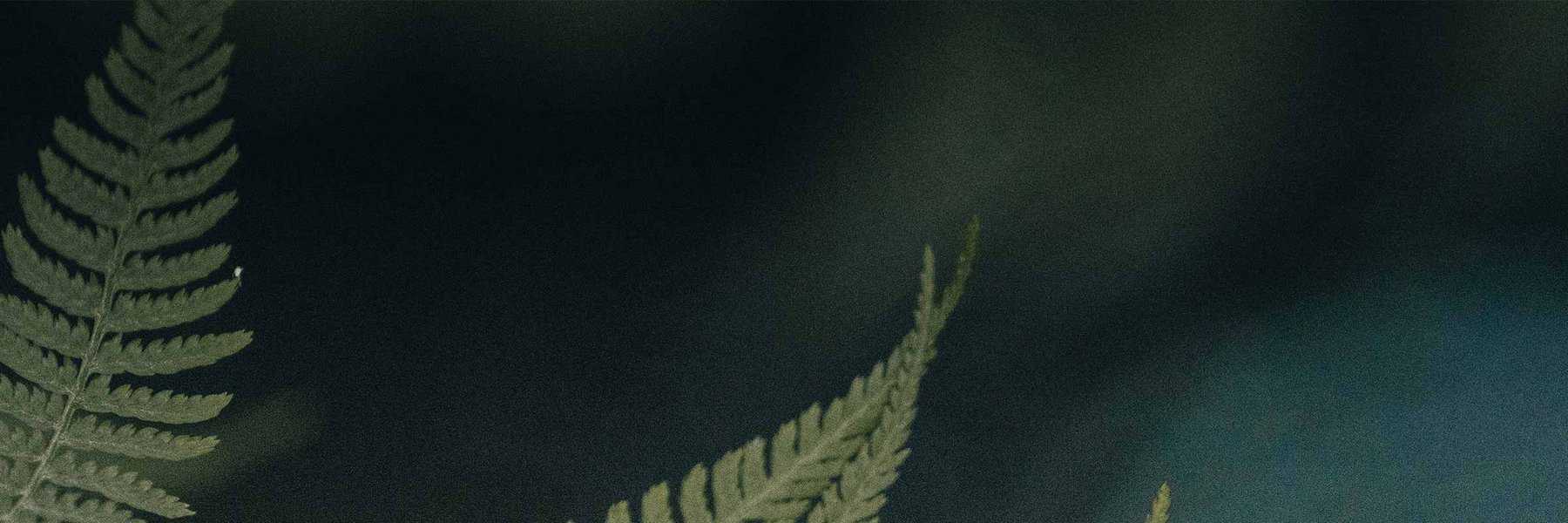Multi-trap sampling of arthropod communities at ports of first entry informs biosecurity surveillance programs
December 2023
Publication: Journal of Pest Science
Author(s): Wardhaugh CW, Pawson SM.
Ports of first entry are high-risk locations where invasive species may arrive, establish, and cause wider potential environmental, economic, social, or cultural harm. Early detection provides the opportunity to eradicate or limit the spread and scale of any harm. Most surveillance operations target specific high-profile pests, thus missing many potentially invasive species. We compared eight surveillance trap types at a New Zealand port to determine optimal trap types and trapping intensity to adequately sample a broad spectrum of the invertebrate fauna to inform future biosecurity surveillance networks. We collected 253,582 invertebrates in total, including 46,819 beetles that were sorted to 209 morphospecies (excluding Staphylinidae) for species-level analyses. One individual of a species (Cryptarcha sp. indet., Coleoptera: Nitidulidae) previously unknown from New Zealand was collected by a UV light trap. UV light traps collected the largest proportion (84.3%) of beetle species compared to other trap types (range 3–38%). Species overlap was high between UV light traps and traps that collected flying beetles (range 82.3–92.4% for flight intercept and Malaise traps), but overlap was lower with pitfall traps (62.2%). Trapping intensity of ~ 300 weekly samples (15 UV light traps and 30 pitfall traps operating for eight non-sequential weeks) would sample ~ 250 (83%) of the ~ 300 beetle species on the port. We recommend UV light traps in particular for surveillance on ports and other discrete high-risk areas due to their broad-spectrum attractiveness to flying insects. Since diagnostics is an impediment to processing species-rich samples, the establishment of an operational surveillance network of UV light traps will likely require eDNA metabarcoding techniques.
